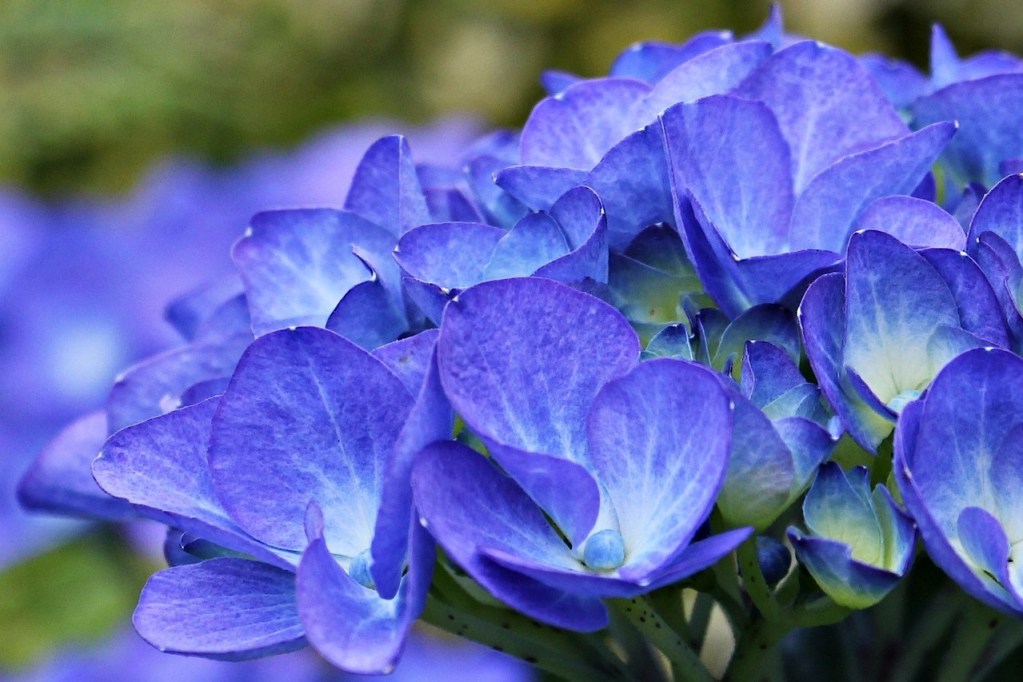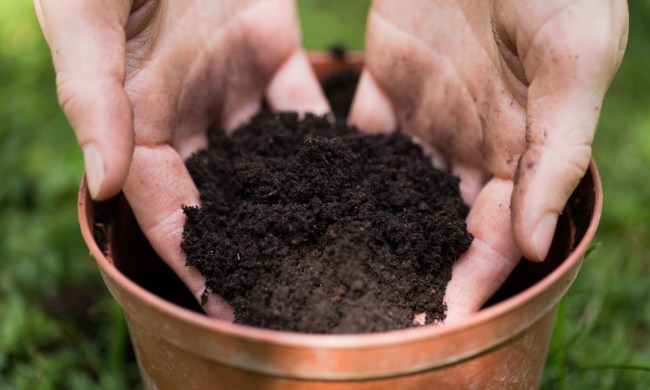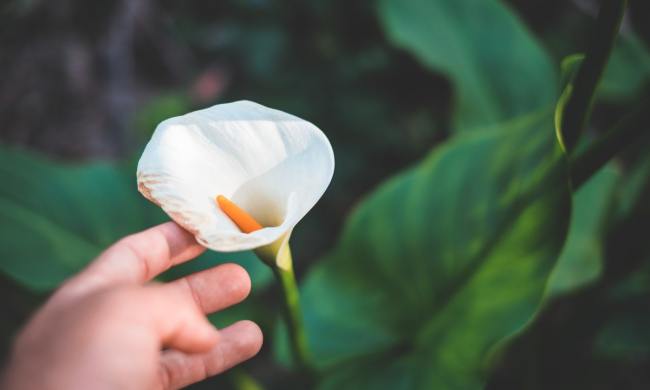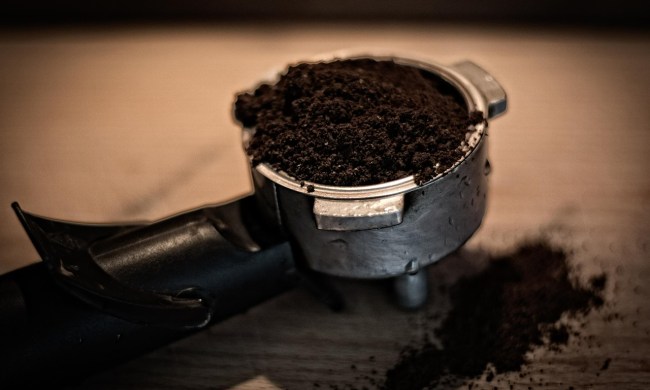Hydrangeas are known for two things — impressive, showy flowers and their tendency to change color based on the pH of the soil. This makes them highly appealing, but also unpredictable. If you don’t take the soil into account, your bright blue hydrangeas could turn out to be pink or purple instead. With careful planning, you can take advantage of this quirk to ensure your hydrangeas are the striking shade of blue you want them to be.
Getting started
First, check what variety of hydrangeas you have. Not all hydrangeas change color! Bigleaf hydrangeas, especially the mophead and lanceleaf cultivars, are the ones that change color. However, white hydrangeas of any variety will not change color.
Test the soil’s pH before you get started. This lets you know how much you’ll need to change it, or if you need to change it at all. If your soil pH is already between 5.5 and 4.5, it’s acidic enough to turn your hydrangeas blue.
Finally, make sure that increasing the acidity won’t harm any nearby plants. If your hydrangeas are close to plants that dislike acidic soil or are sensitive to pH changes, then you’ll need to rethink your plan. You will need to move tither the hydrangeas or the other plants if you want to use acidic soil to get blue hydrangeas.
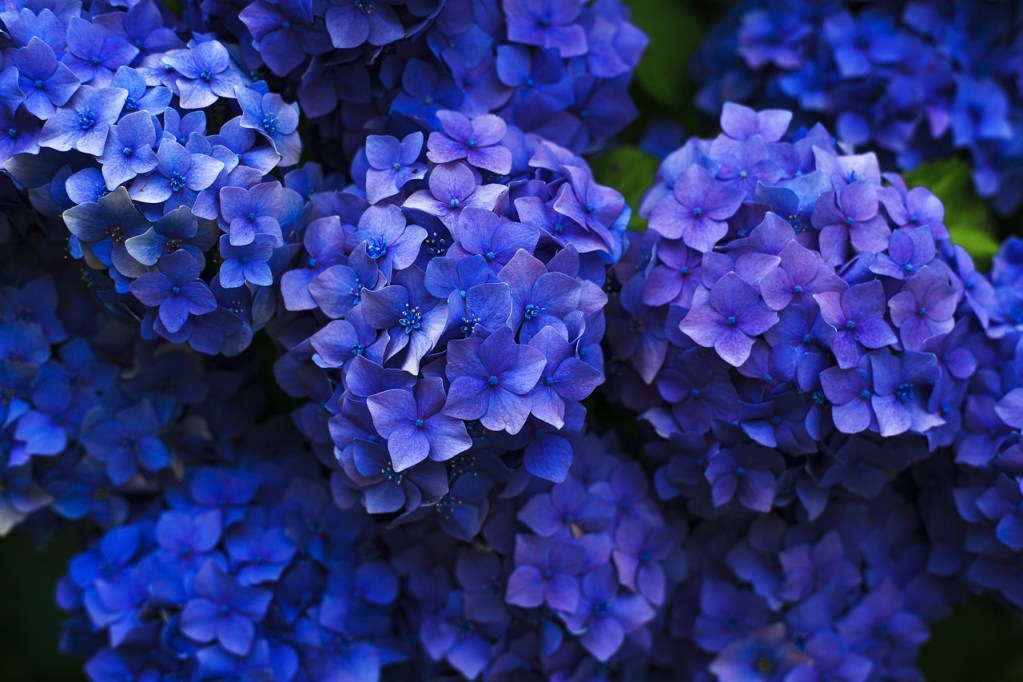
Making your soil more acidic
To make your soil more acidic, you can add compost, garden sulfur, pine needles, peat moss, or coffee grounds. Compost, pine needles, coffee grounds, and peat moss are better suited for smaller changes, while the more concentrated garden sulfur will have a larger impact. When adding sulfur, it’s important to read the packaging for specific application amounts and recommendations.
If your hydrangeas are already planted or if you have nearby plants, it’s better to change the pH more gradually. Even plants that enjoy acidic soil can become stressed at sudden large changes. Test the pH during and after altering the soil to avoid overdoing it and to get the exact shade of blue that you’re after. The lower the pH, the brighter your hydrangeas will be. For example, 4.5 will give you the brightest blue, while 5 is a nice medium blue and 5.5 is indigo.
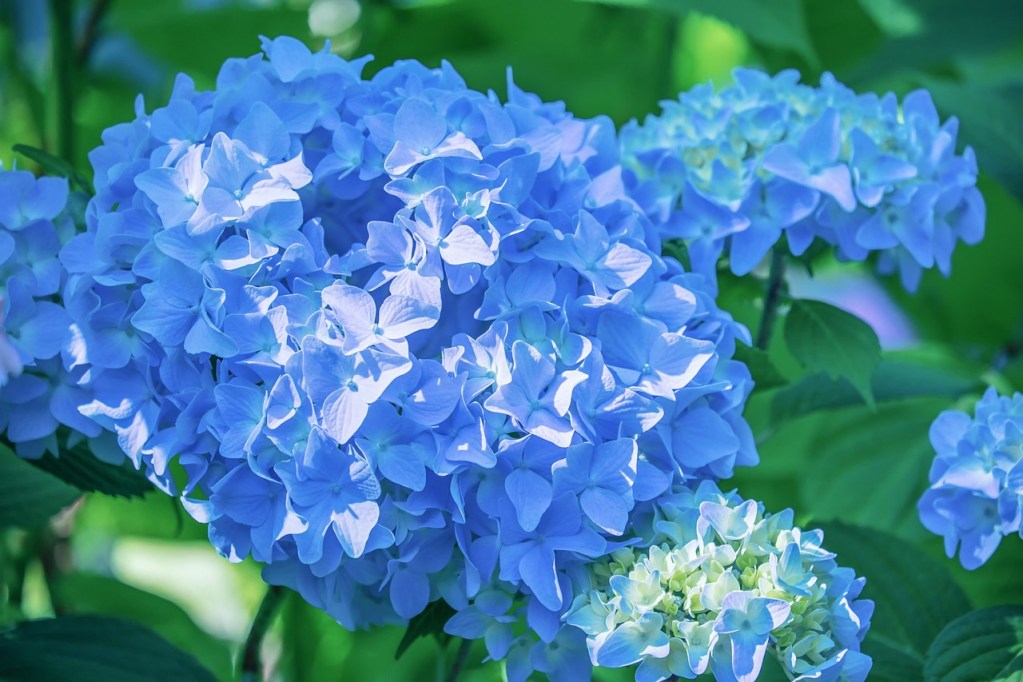
What to do after altering your soil
Keep an eye on your hydrangeas and any nearby plants for signs that the soil is too acidic. Stunted growth and discolored leaves are the easiest signs to spot. The discoloration can be yellow, brown, or reddish-purple. It’s a good idea to keep a soil pH tester on hand so you can keep track of the soil’s pH. If the soil is too acidic, adding bone meal, garden lime, or eggshells can make the soil more alkaline. Just be careful not to overcorrect!
Using simple garden additives can switch your hydrangeas from pink to blue whenever you want! As long as you have the correct hydrangea variety and are careful when adding your supplements, you’ll be seeing beautiful blue hydrangeas by summer.
